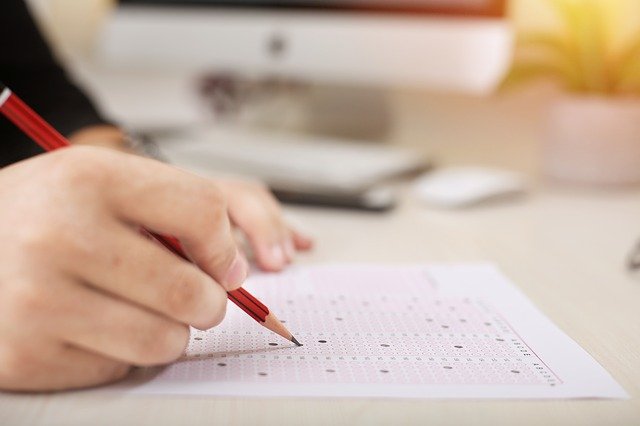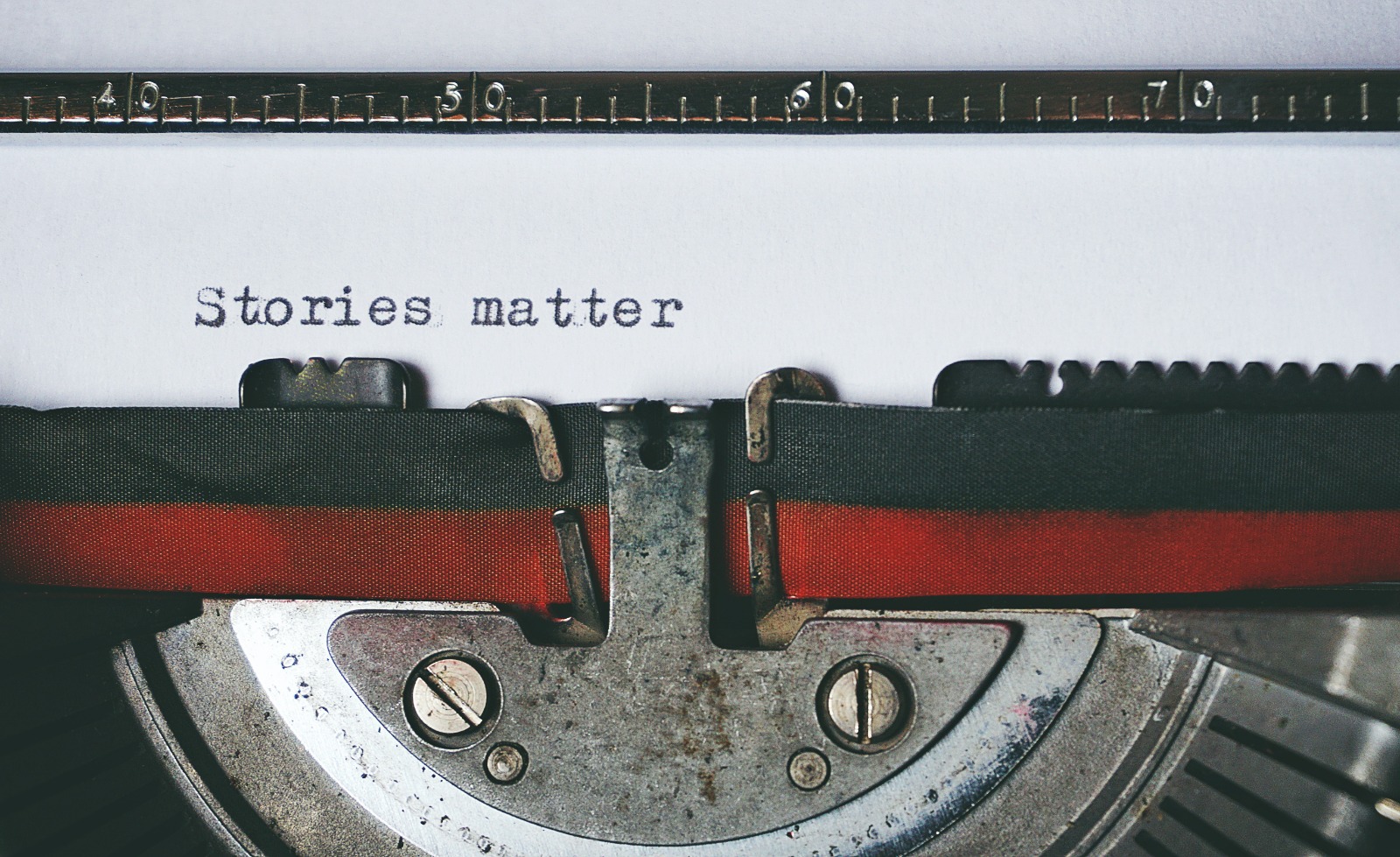When it comes to modern schooling there is a large emphasis placed on STEM subjects. These include science, technology, engineering and mathematics. However, as a result of this emphasis, there is a lack of attention to one of the most important subjects that students can study at school – English. English is one of the most important subjects for students to master at an early age and it’s something that can become quite difficult as students progress in the years. English influences STEM extensively because English is reliant on an understanding and comprehension of the world around us.
In mathematics investigations, students are required to read a passage and interpret the information and then answer based on the information that they read. Without a strong grasp of comprehension, students will find these investigations extremely difficult. If you think about engineering, there is also a heavy reliance on understanding. Many comprehension tests are based around novels and creative pieces, however, the skills that we learn and comprehension can also apply to reading materials such as articles. Students who are able to have a fantastic grasp of these different concepts find themselves becoming better students in the stem subjects. So how do you encourage STEM-based students to create a love of learning English?
1. Engage With Their Logical Reasoning
Many comprehension texts that are given to students as part of their study are based on stories. For logical thinkers, these can be difficult to interpret. Finding an informational text for the students to read can help them actually understand what is going on but with a logical and reasoning brain.
2. Give them texts they are interested in
Many students are forced to read what everyone else in the class is reading, however, students who are particularly logical will prefer reading about different topics allowing your child a chance to peruse the bookshelves for the catalogue at the library will allow them to find a topic that interests them. Even if they are reading informational text the actual process of transferring knowledge from the page to their brain can help them when it comes to other types of texts they will need to read in further school.
3. Make it fun
A majority of students see reading as a chore. A lot of parents are me “how do I get my child to read?” Well, the answer is simple. Make it a fun activity. The biggest feedback I get from students when it comes to their reading is that it’s boring. The perception that reading is boring comes from the fact that there are so many other different things that they could be doing with that time. However, if you make it a challenge or if you gamify reading, students will have a much easier time finding the excitement in reading.
There are many different ways to engage stem students when it comes to English. For more help, contact Perth English Tutor.











